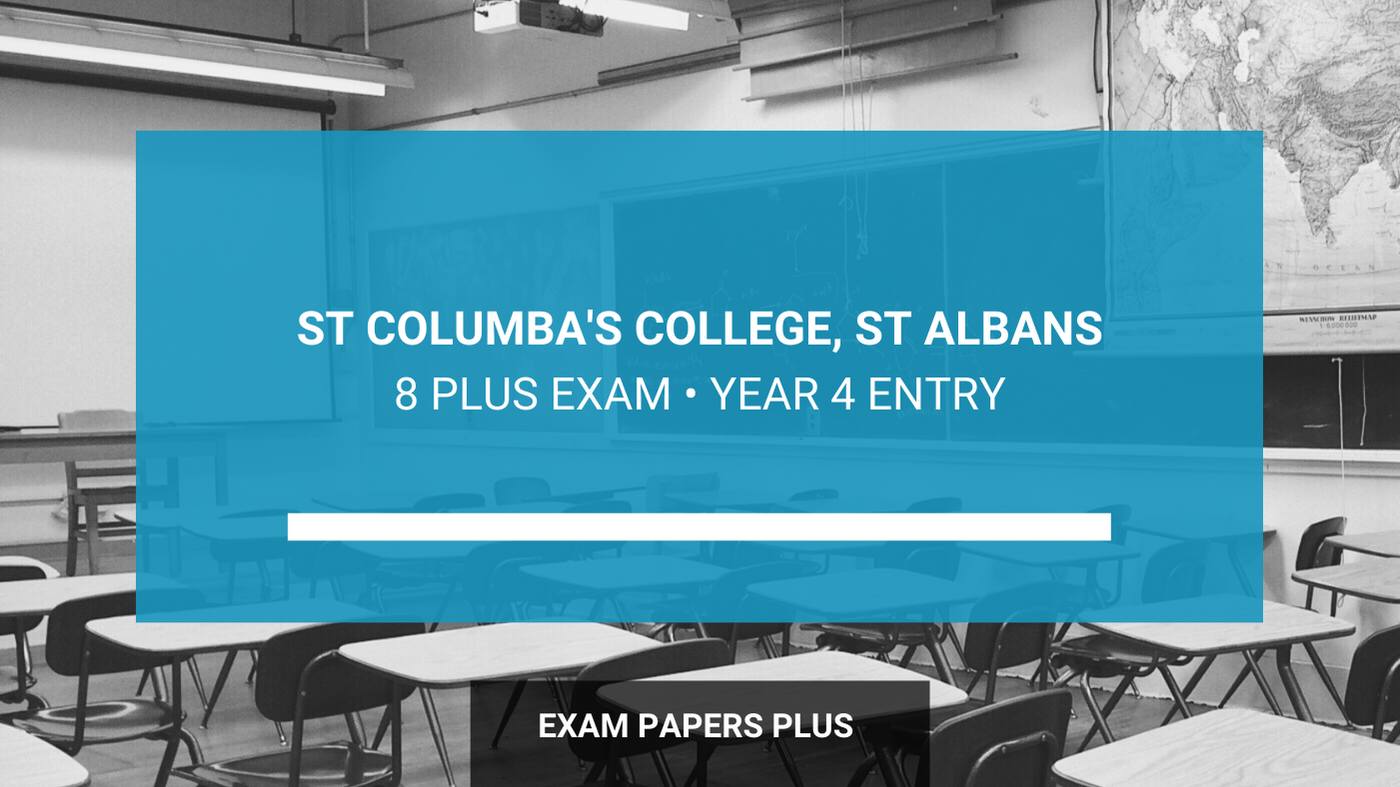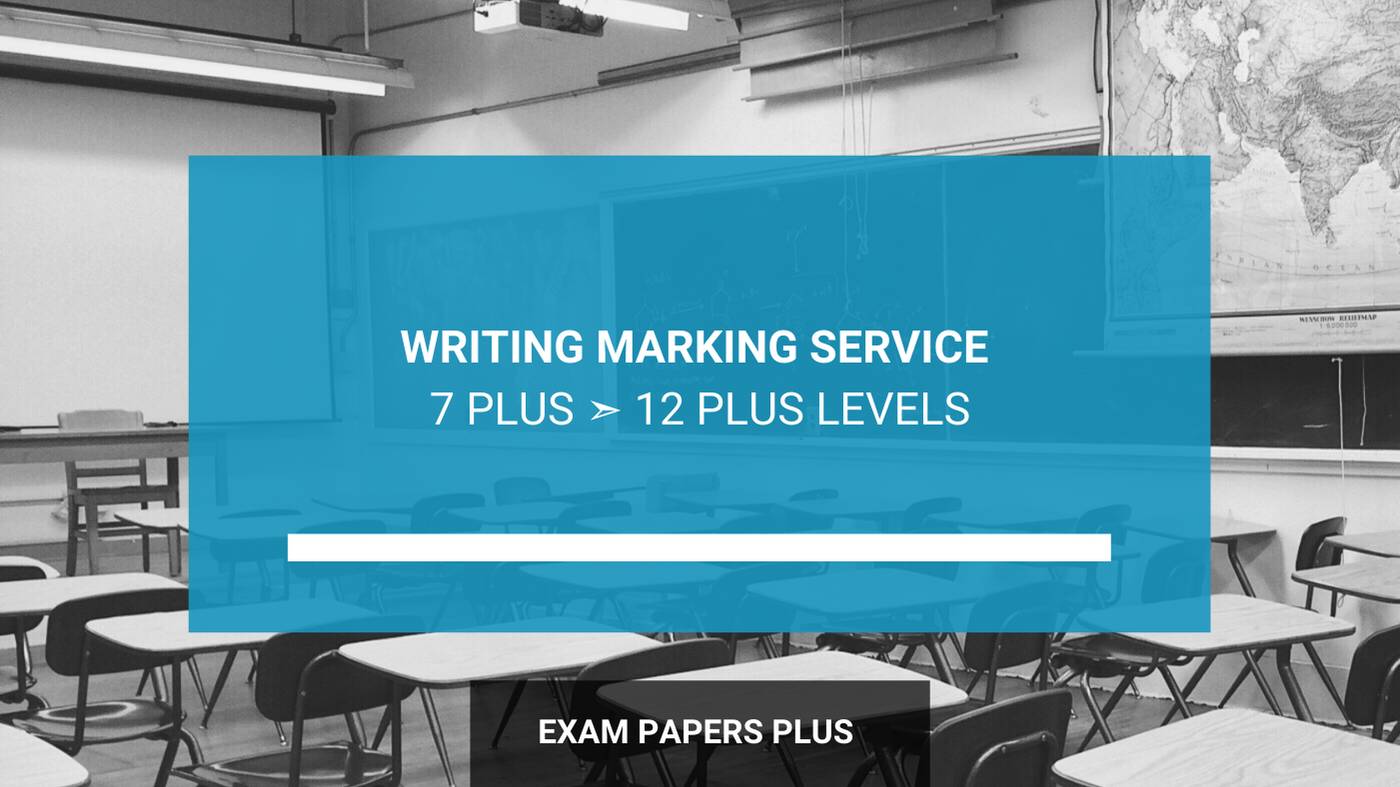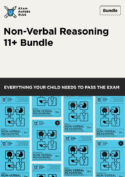
Table of Contents
Introduction
It’s getting to the time of the year when parents and children are beginning to think about the possible content of the upcoming exams. Here at Exam Papers Plus, we’ve compiled our usual round up of what came up in last year’s exams at schools assessing for entry at 7+ and 8+. This information is based on feedback we received from multiple sources. If you provided information about the exams your child sat, thank you! If you would like to provide feedback about exams your child took, please contact us here.
Click on the links below to read our round up articles from previous years.
What came up in the 7+ and 8+ exams (2015 entry)
What came up in the 8+ exam (2016 entry)
What came up in the 7+ exam (2016 entry)
What came up in the 7+ and 8+ exams (2017 entry)
If your child is aiming for 7+ or 8+ entry at a competitive school, this post will prove useful. The information is relevant but not limited to:
- St Paul’s Junior School
- Westminster Under School
- King’s Wimbledon
- Latymer Prep
- City of London School for Girls
- Bute House
- South Hampstead High School
- North London Collegiate School
- Highgate
- Haberdashers’ Aske’s Boys’ and Girls’ Junior Schools
- Wetherby
- Forest
- Bancroft’s
- Sussex House
- Dulwich Prep London
- Dulwich College Junior School
- Bancroft’s School
- Westminster Cathedral Choir School
- Alleyn’s
- James Allens’ Girls’ School
Click here for an overview of all the information and articles we have on the 7+ exam.
Click here for an overview of all the information and articles we have on the 8+ exam.
What happened in last year’s 7+ exam (2018 entry)?
One school used a precise internal mark scheme, which helped parents and boys to understand how they performed. All candidates received a percentage for their maths paper (last year’s average score was 60%), a grade from A-D in their English paper and a standardised score for their reasoning. This means that the average for the reasoning paper was 100 and, last year, children scoring over 115 were called back for interview (providing they performed well on the other two papers as well). 252 boys took the exam. If you took the 7+ and narrowly missed out, but were advised by the school to try again at 8+, then you should do this. They don’t make this offer to everyone.
Feedback from families suggested that our papers were slightly more challenging than the real thing in places, but great preparation! We learnt that the maths paper was approximately eight pages long, Fractions, time questions and remainders featured. Candidates could show their workings if they wished – we recommend that students always do this as a matter of course, because even if they do not get the right answer, they can pick up marks by showing their method.
The English comprehension was multiple-choice and, for the writing exercise, pupils were given five minutes to plan and approximately 25 minutes to write. They were given a planning sheet with boxes and a picture at the top showing a family. There was no verbal dictation but mental maths questions were read out. In the spelling test (about 15 to 20 words), a word was first read aloud and then read again, this time contextualised within a sentence. Candidates had to then write the word, spelling it correctly. Verbal reasoning was ‘tough’ and included cloze passages, synonyms and antonyms. Spelling practice can be found here. Cloze practice can be found here.
Another boys’ school incorporated a listening test in which students were asked to write down the name of an object that had a handle and to draw two irregular pentagons. The maths test included measurement: they had to draw a line 9 cm long and were asked, ‘If a ribbon is 3m 60cm and is cut it into three equal parts, what’s the length, in cm, of each part?’ They were also asked to look at a 4 x 4 number grid and answer questions about it.
As part of its first round process, a well-known city-based girls’ school asked the candidates to draw a picture of themselves and then write a story based on a picture prompt (a girl with dark hair and red lips standing in the snow). Their tricky spelling test included the words ‘enough’ and ‘incredible’.
Maths questions included: drawing an estimated 9 cm square without a ruler; questions on shapes that contained right angles, and a clock question, in which the face showed 9 o’clock and the pupil had to draw the time four hours later. Puzzle questions included a weather-inspired word search (‘breeze’ was one of the words) and a spot the difference puzzle. Maths word problems were apparently straightforward and only one step or two steps.
Verbal reasoning was vocabulary-heavy and included filling in the missing word in a sentence based on multiple options and two poems – one about a star, one about animal friends – in which the candidate had to choose and circle the most appropriate word.
The second round included drawing a picture of the child’s family; a task that required categorising plants and animals as part of a science lesson; a 2, 5 and10 times-tables check; and a Venn diagram with multiplication answers from the 7 and 8 times table. A composition task consisted of a situation in which a girl opened a door and was then faced with another door…and what did she see? Candidates also took part in a dance activity and, finally, they were asked to draw a poster and include things they liked on it. Sounds like fun!
A prominent girls’ school in South West London conducted a verbal comprehension (in which students were asked to read a passage aloud and then asked questions on it by the teacher). Candidates were asked to write a story about a snowman. The main feedback from families who applied here was that their girls enjoyed the ‘testing’ process with many likening it to an extended play session! Girls who are collaborative and sociable will do well and enjoy this type of testing.
A North London co-ed school presented its comprehension and composition as a combined paper. Each section was 20 minutes long and candidates were told when to move between the different sections. The comprehension was entitled ‘A Ghostly Adventure’ and there were 15 questions. One question asked about the ghost’s feelings. The composition exercise was a picture prompt of a house and candidates were asked to write a spooky story. The maths paper was 45 minutes long and topics included a data table and questions about money and missing operations, in which the candidate had to fill in the following operations: + x ÷ -. Their NVR paper was of similar length and it was the first paper students had to sit.
In contrast, a different North London boys’ school had an assessment day prior to the exam. Candidates were asked to answer one question each on a text that was read aloud. They were in groups of eight and the text was about a boy who asked lots of questions. One of the questions was, ‘Do you think the boy is silly?’. Another question was to name one of the (many) places that the boy visits during the story. Roughly five NVR and simple alphabet questions were asked. Things like ‘if a is to b, what is f to…?’ Similar questions can be found in our Reasoning papers. The teachers also took each pupil aside and asked them to read individually and asked them questions about themselves. This was not a formal interview, but gentle questioning, such as, ‘How do you feel at school?’. They were also asked to write out and correct some sentences with spelling errors (such as a missing ‘e’ at the end).
The exams at this school lasted no more than 40 minutes each. English composition was 20 minutes, as was comprehension. The children were put into groups of approximately 14 and exams took place in a classroom at individual desks (very much like our mock exam set-up). Teachers explain the tasks they need to complete and the children are allowed to ask questions during the comprehension exam – although they are not given direct answers to the questions. We believe that the teacher read the comprehension text aloud for the children before the exam started – a departure from many schools’ approach. The maths paper was 30 minutes and the NVR was 35 minutes long. There was one break outside halfway through and, once the exams were finished, the children played games in their groups and generally had fun.
One boys’ school structured its English comprehension as a multiple-choice paper and candidates were instructed to shade the box denoting the correct answer. You can find multiple-choice comprehensions here. The composition exercise was quite different. The students were given a video to watch that lasted a few minutes. Last year it was of a girl going on an adventure, sitting on a bubble. She ended on a beach and hid behind a rock, whilst another child discovered the bubble and went on a new adventure. The boys were asked to write in their own words about what adventures they would go on if they were on the flying bubble.
Another boys’ school formed its composition as a series of three questions as opposed to a full story, which was unique and we think designed to gauge a child’s planning and logical thought process. The title of the piece was, ‘My best trip ever’. They were told to plan in paragraphs (thereby covering a further element of structure) and asked to describe how they felt, checking in on a candidate’s empathy skills. The comprehension was a passage about three children on a train with their mother. Maths was straightforward and the reasoning paper was very much like the standard of questions found in our papers!
What happened in last year’s 8+ exams (2018 entry)?
At one boys’ school, the 8+ comprehension was divided into two sections. One part was multiple-choice and the other part was about a skateboard shop and the candidate had to fill in the missing words about a boy who wanted to become a skateboarder. The creative writing was a continuation piece from a short passage set in the past. The candidate was asked to imagine that they were trapped in a tall, stone tower and had to escape. The spelling test was mainly made up of standard Year 3 and Year 4 words.
The mental maths section was manageable, requiring simple calculation and maths general knowledge. On the written maths paper, there were four questions based on a number grid and a question with arrows: one pointing in a different direction/angle for each question. There were extension questions that candidates were told only to do after checking all their other work. We believe last year’s included algebra and an XYZ axis question. Whilst it is not a general expectation that children will have covered algebra at this age, sometimes harder topics are thrown in to see how they try and tackle something new and challenging. We have some similar questions in our papers.
The NVR paper included lots of shape questions, in which the shapes had to be rotated and viewed from different angles. This paper was split into four sections and the boys were given four minutes to complete each section.
A neighbouring boys’ school’s English paper was 50 minutes in total. The boys were given 30 minutes for comprehension and were then asked to hand back their papers before starting the writing, for which they were given 20 minutes. The comprehension included two pieces of text and there were 17 questions in total. The first comprehension text was nonfiction (about sharks) and contained five questions. The questions were of the nature: 1) What do you think this piece is about? 2) How long is a Lantern Shark?
The second piece of comprehension was fiction; a story about Fido, his friend and their adventures. There were 12 questions. The opening question was ‘What do you find unusual about this story?’ and the last two questions were ‘Find four words in the text that have the same meaning as…’ and the last one asked their opinion on what kind of a dog they thought Fido was. Similar questions can be found in our English papers. For the composition, they were given a picture of two boys on a bike with a bird. There were no additional pointers; candidates were simply asked to write a story with an interesting introduction and an exciting ending.
The maths exam had 37 questions and boys were given 40 minutes. This tests time management as well as maths ability. The first page was all calculations and there were 17 word problems in total. There were other questions on reflections, bar charts, time, sequences and fractions. There was one question consisting of multiple parts where they were given the numbers and they needed to work out the mathematical operations needed to attain the given end result. The last question was a brainteaser based on symbols and operations.
Finally, this school’s 8+ reasoning paper combined both VR and NVR. It was 15 minutes long and contained 6 pages, of which 5 were verbal and 1 page non verbal. One of the VR questions was, ‘You put a sock on a foot, what else goes on a foot?’ Their separate listening test included four sentences of dictation.
At another school, the 8+ comprehension was based on an extract from ‘On the Banks of Plum Creek’ a book by Laura Wilder; the paper was mostly open, long hand questions, with only one multiple-choice. For the 8+ composition, boys had to write reviews on three books based on front covers and blurbs (Indian in the Cupboard, The White Giraffe and The Children of Green Knowe). They were also given three sentences and asked to make them more interesting. No traditional story writing featured last year. The maths paper included: time, money, a lot of word problems, shapes, place value, subtraction, addition, multiplication, division, bar charts and balancing equations. This year there were no fractions or decimals – but there have been in the past. We therefore recommend that you revise all topics. Reasoning consisted of both VR and NVR and covered the standard question types, but of a higher 9-10 age level!
At another school, the 8+ maths paper had plenty of questions on perimeters and measurement and lots of word problems. The comprehension paper was based on three texts (a non-fiction piece about underwater hockey, a boy’s diary entry recounting his birthday, and a piece about ‘the terrible dip dab’). All sections were multiple-choice. The composition paper asked boys to write a diary (first person) about riding a dragon. Only NVR was tested, not VR.
Some general guidance on how to tackle the 7+ and 8+ exams
English 7+ and 8+
Schools are always looking at new ways to predict the promise of prospective pupils and English, as a subjective topic, is perfect for this. It can show examiners how a child thinks as well as their potential for empathy and logical argument. A child’s creative writing offering will always (always!) give an insight into how much a they read.
So this section in exams can be challenging. For compositions with a tight time frame, candidates should concentrate on quality over quantity. They should showcase all that they have learnt in a focused way. They should use exciting vocabulary (adjectives, adverbs, powerful and unusual verbs) as well as explaining how their characters (or they, if writing in the first person) feel. This is what will gain high marks. Correct use of paragraphs, spelling, punctuation and grammar is also important. You can find 7+ writing prompts here and 8+ ones here.
Our 7+ Writing and Comprehension guides cover all the bases in a step-by-step engaging manner.
Maths 7+ and 8+
Across the schools, all topics seemed to come up last year, and you can never predict which school will test what, so it’s best to revise all areas. Some schools added some tough and challenging extension questions to their papers and will probably do so again this year. Whilst it is impossible to learn everything ‘just in case’, it is advisable to put some new topics to your child towards the end of their preparation cycle, to see how they approach something unfamiliar. The idea is not to worry them, but to gently explain that something they haven’t seen before could come up, and discuss a strategy about what to do if this happens. For example, tell them not to panic but to read and think through the question calmly. Ask them if the question bears any resemblance to anything they have done before and see if they can utilise their prior knowledge to make a good guess. Furthermore, if they cannot do a question then tell them it’s OK to move onto the next one. Do not let them become immobilised but encourage them to continue through the remaining questions, always staying positive!
Reasoning 7+ and 8+
Whilst NVR seems to fall into pre-defined traditional question types (many children and families commented on similarities to our papers), there were some shape and rotation questions at some schools that were significantly different. You can find some examples of this Spatial Reasoning style in this pack and this pack. In VR, there seemed to be an upsurge in cloze passages, which suggests that vocabulary testing is becoming ever more important. You can find examples of these types of questions in this pack and this pack. Reading varied genres and discussing what is read with your child is integral to building word knowledge and a little should be done every day if possible!
We hope that you find this post on last year’s exams helpful and welcome any questions! Please feel free to contact us here.
You can view our full range of 7+ resources here and our full range of 8+ resources here. Our products are up to date and cover pretty much every aspect of the examination process. They have successfully been used by thousands of children at home and in schools across the country.
It’s worth noting that 7+ and 8+ exams are designed to be different to the types of quizzes and tests your child may take at their current school. The exams are challenging and most students will be unable to correctly answer all the questions. The key is to develop good exam technique and pick up as many marks as possible. Generally speaking, pass marks are around 70%. It’s important that children are aware of this as it will make them feel more relaxed and confident in the actual exam, rather than stressing if they find the questions difficult. Scoring consistently 70%-75% or above on our practice papers across all tested subjects is a sign that a child is likely to do well in the written part of the assessment process, even at the most competitive schools.
If you’re interested in 7+ and 8+ mock exams, click here.
If you’re interested in 7+ and 8+ courses, click here.
Bookmark this page? Pop your email into the box below to receive a link to this article so you can easily refer back to it later.
















